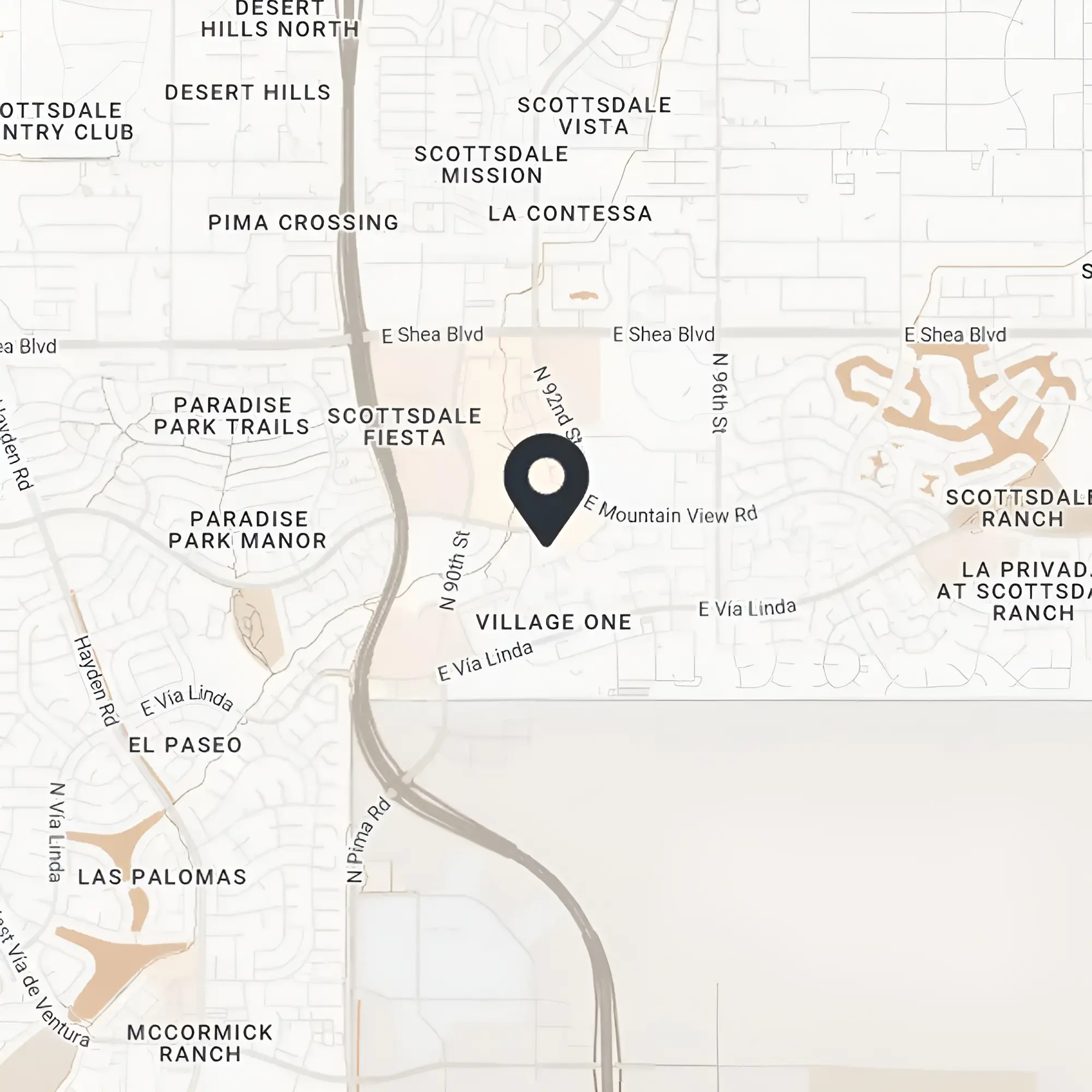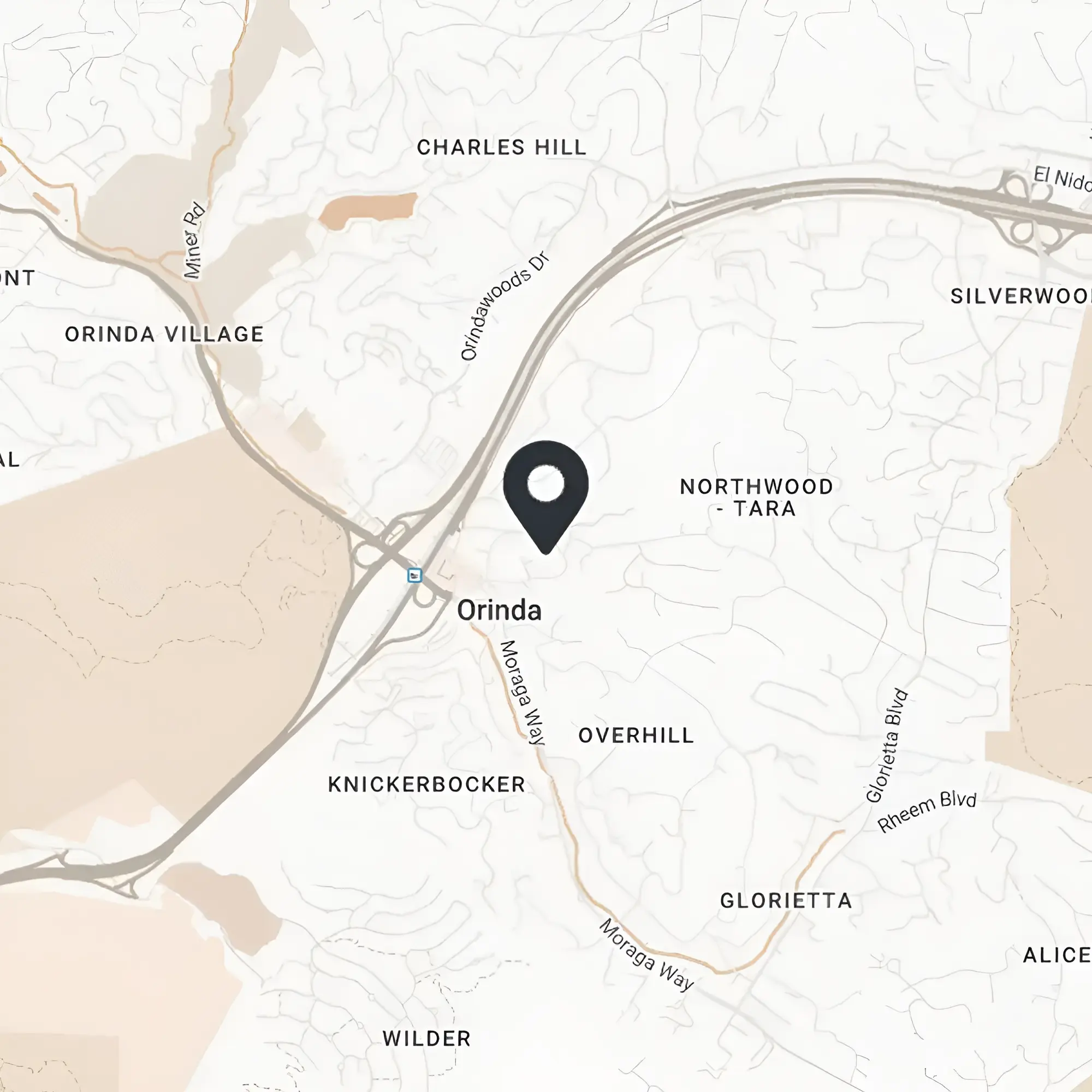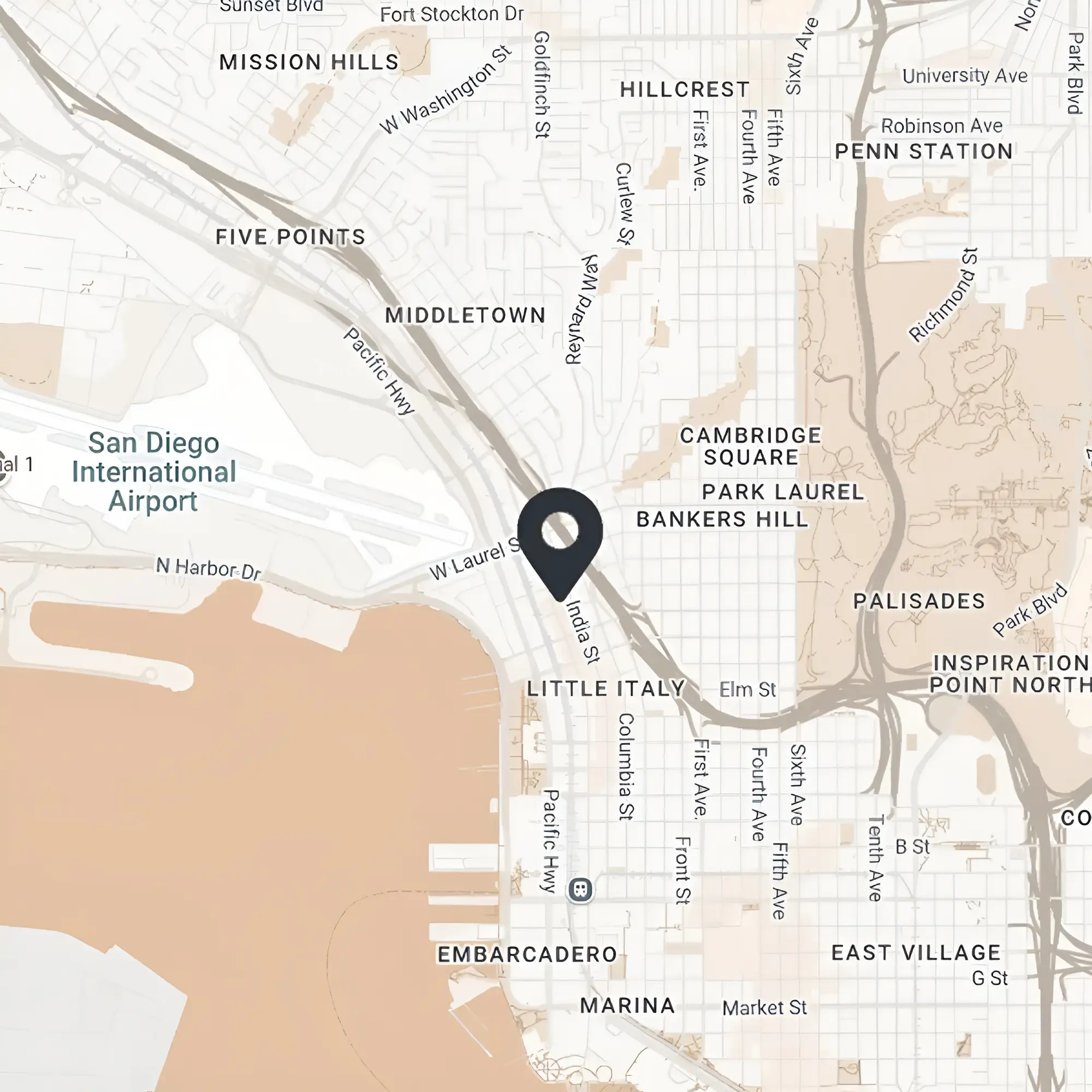This is a question I get in my office frequently. There are 2 main surgical approaches to Rhinoplasty. The more historic approach, which was the most common approach 50 years ago, incorrectly known as “closed” but technically called Endonasal Rhinoplasty. It is frequently marketed as “closed” but that is misleading because there are actually large incisions made on the inside of the nostril and a significant amount of tissue must be disturbed in order for surgeons to see what they are doing at all. This approach is now mostly done by surgeons with a background in general plastic surgery and not facial plastic surgery. You may notice these surgeons also perform and lot of breast and body surgery as well as rhinoplasty. This approach has a much high rate of revisions and is typically a hump removal focused operation.
The second approach is called Open Rhinoplasty, this is the more modern approach to rhinoplasty that became popular about 30 years ago. This approach makes small incisions on the inside of the nose and includes a small triangle or stair stepped incision on the bottom of the nose as well.
See the after in (Figure 1)
This open approach became more popular with rhinoplasty specialists because it allowed for so much more control of the nasal tip. It allowed for structural rhinoplasty with cartilage grafts and the long-term results became much more predictable. This is the same approach used in more challenging and revision cases and takes specialty training to know how to reconstruct the nasal cartilages back together after opening. Therefore, many surgeons don’t offer this approach in their practice, the same reason why they may not do revision rhinoplasty surgery at all. This is the most common approach done by rhinoplasty specialists with a background in Facial Plastic Surgery.

(Figure 1)
As a Revision Rhinoplasty specialist, I see patients in my office every day who have had their initial surgery done “closed” and now must have an open Revision Rhinoplasty to correct several issues in their nose. I frequently hear from patients that they wish they would have known this before they got their initial operation. This is why I am writing this article. More informed patient s always leads to better results.
In my office I preform over 90% open rhinoplasty and reserve the closed approach only for select patients that just need a small hump removal or straightening of their nasal bones. Adequate control and support of the nasal tip is so important and can best be done through an open approach. This leads to more elegant and natural looking nasal tips with little to no cartilage removed from this nose at all. Grafts can be placed in the nasal valves for improved nasal breathing and the result are predictable and long lasting because support grafts are used.
Please let me know if you have any questions or would like to schedule a consultation for your rhinoplasty surgery.
Thank you
Matthew Tamplen, M.D.

(Figure 1)

(Figure 2)



